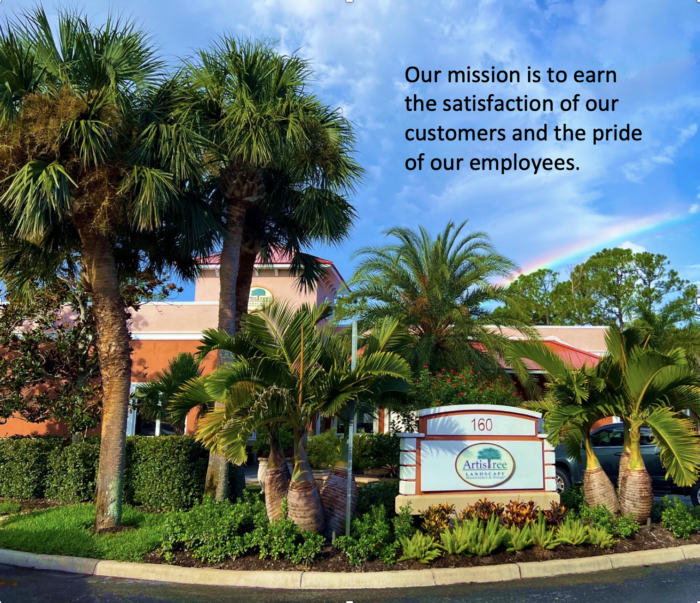Mona lavender: Think outside the pot and grow as landscape shrubs.
Mona lavender often draws a second look when planted smack in the middle of a Sarasota landscape. Sure, you see it in pots, planters and on porches, but grown as a shrub in a front-yard bed? Why not? Here’s how this semi-woody perennial can add a romantic, gardenesque feel to your landscape.

Warm and fuzzy
While not native to Florida, Plectranthus “Mona Lavender” shrubs do well in our warmer climate, especially in Zones 10 and 11. The fuzzy leaves of this broadleaf evergreen are a pleasing rich green with a distinctive deep purple/maroon shade underneath. Most remarkable are bright sprays of lavender flowers that spring out, offering a wonderful contrast against the dark green foliage.
While touted by some nurseries as a year-round bloomer, Mona lavender will shift to flowering mode as our days get shorter (summer to winter). This tapers off as days get longer and our temperatures warm up. But even when they’re not blooming, Mona lavender shrubs still offer rich color and texture year around. And when they bloom, they bloom continuously as long as you keep the flowers pinched back.
Where to plant Mona lavender shrubs
Mona lavender shrubs are a great choice for beds and borders. You can also plant these sturdy tropicals on the side of your house or along a fence where they can get filtered light or shade during the day. Brighter light will bring out richer leaf color. You’ll be rewarded with well-branched shrubs that reach 1 – 2 feet tall/wide and attract pollinators.
Caring for your Mona lavender
Like any tropical plant, Mona lavender shrubs prefer moist, well-drained soil. Ideally, you’ll want to water one or two times a week (will need extra watering as days get longer). Make sure you plant in well-drained, slightly acidic soil and fertilize every 8 to 10 weeks to ensure growth. Note: Don’t fertilize during the shorter days of winter as it encourages foliage growth at the expense of flowering.
Minimal pruning is required, although you’ll want to periodically pinch off young plants to encourage bushier shrubs. You can also snip tall-growing stems, which are super easy to propagate.
Call ArtisTree Landscape 941.488.8897

To get your landscape renovation started now, browse ArtisTree’s portfolio and then call Jenni Lassen at 941.488.8897, ext. 312, to meet with one of our award-winning designers. We proudly serve Sarasota, Manatee and Charlotte counties.
ArtisTree also provides complete landscape maintenance services for HOA communities throughout Southwest Florida. Contact Michael Casper at 941.488.8897, ext. 321, for your custom proposal.
Tagged with: Mona lavender




